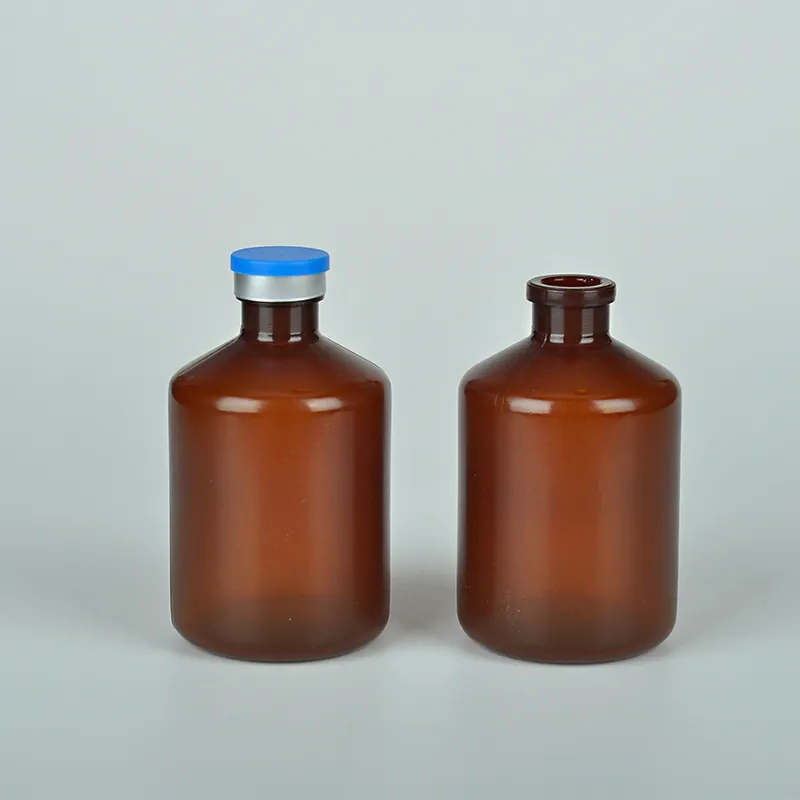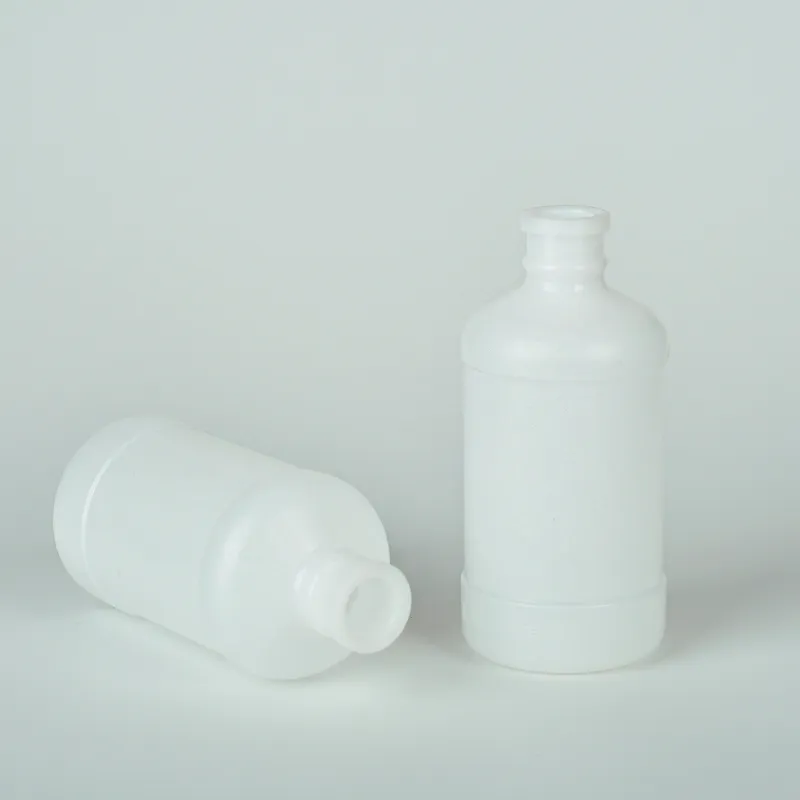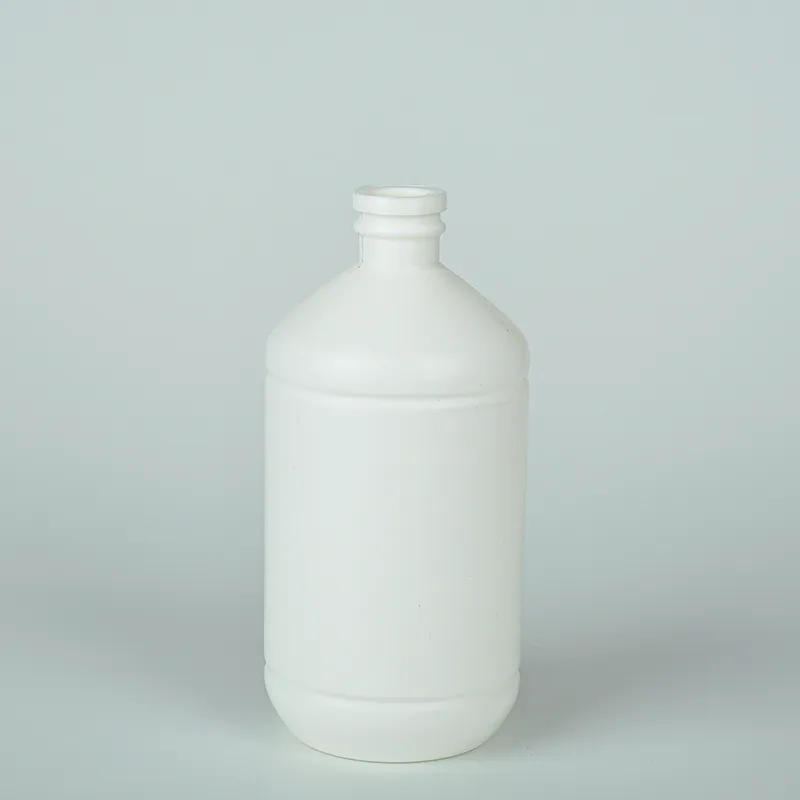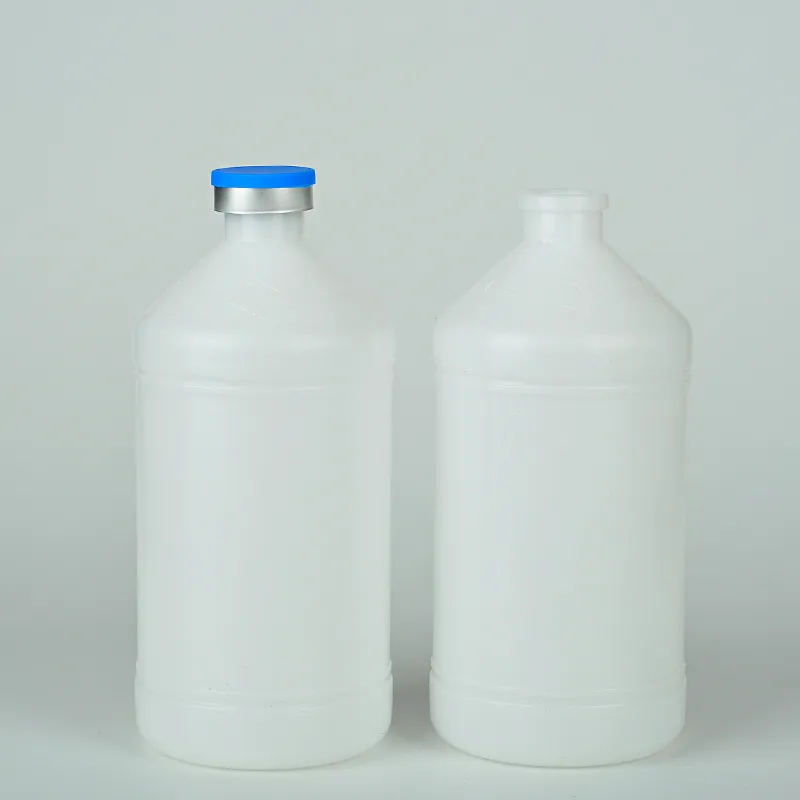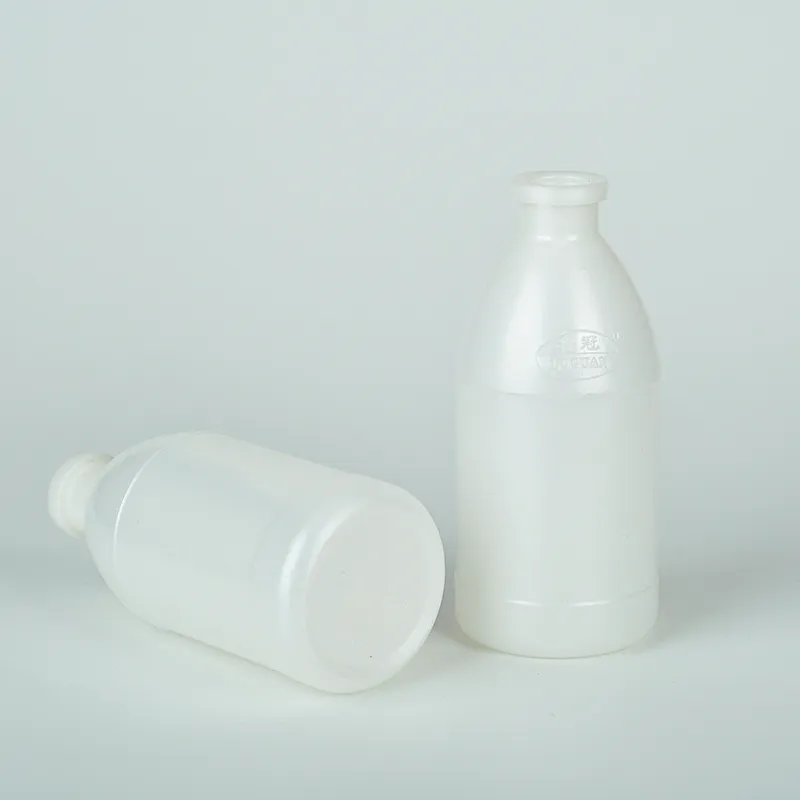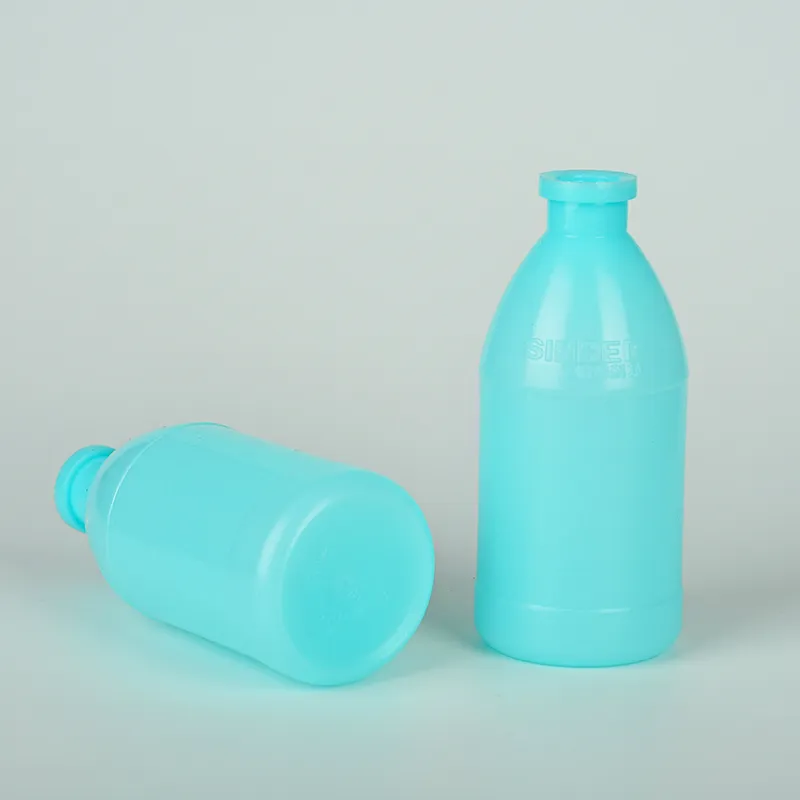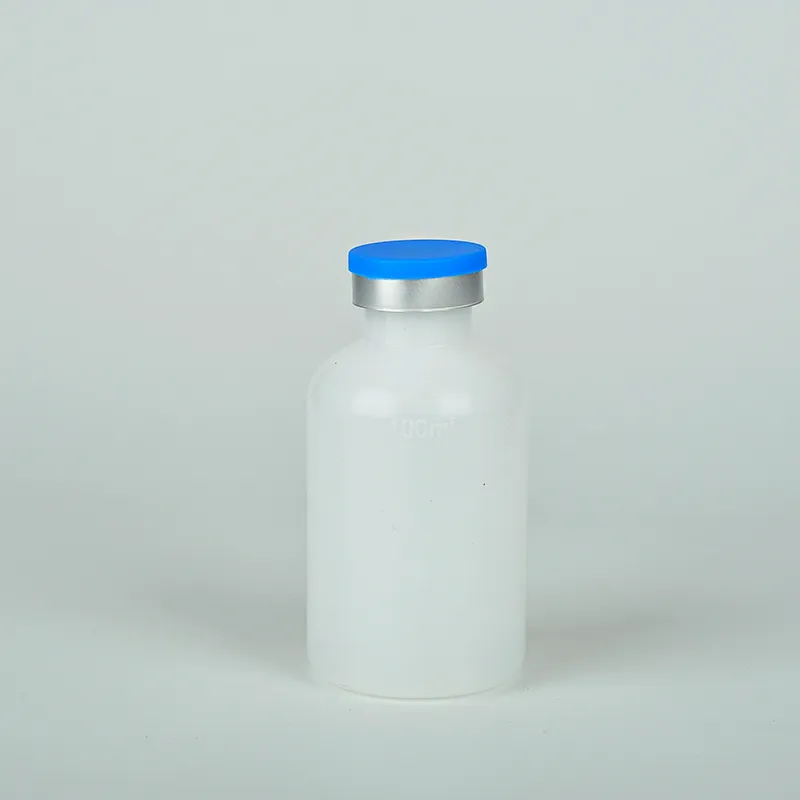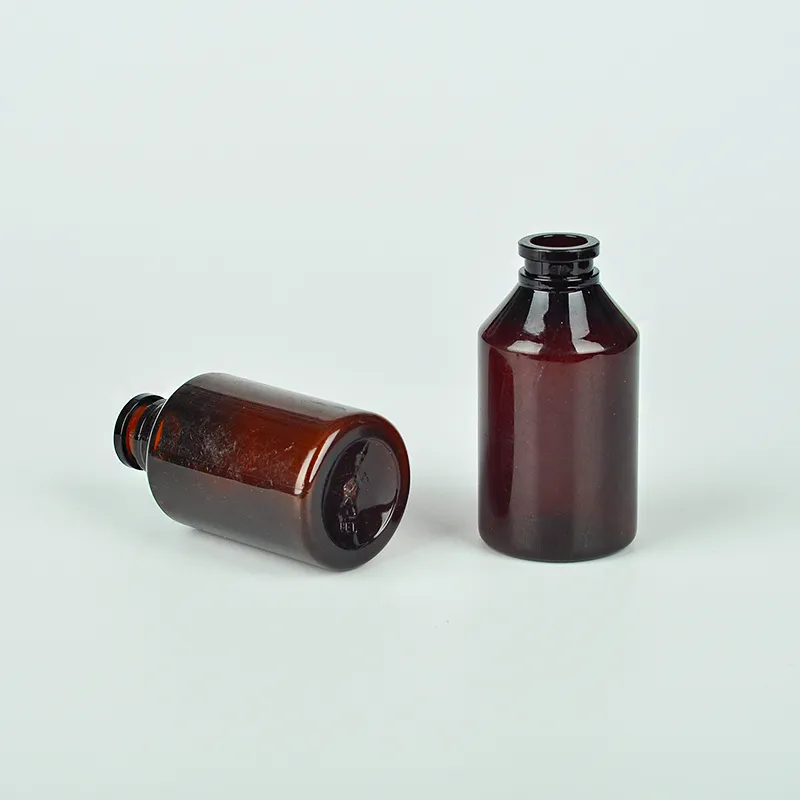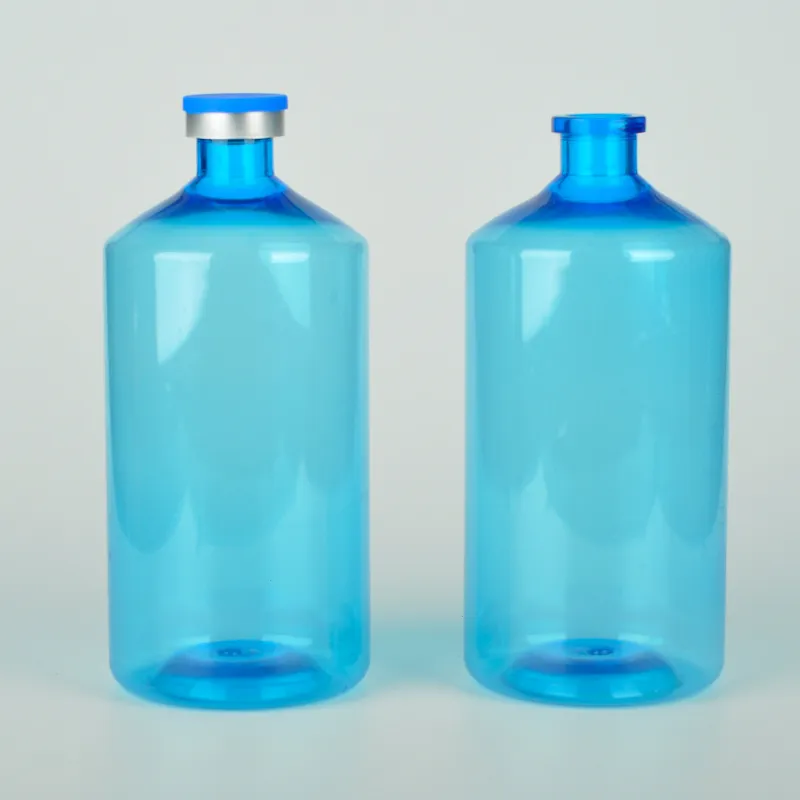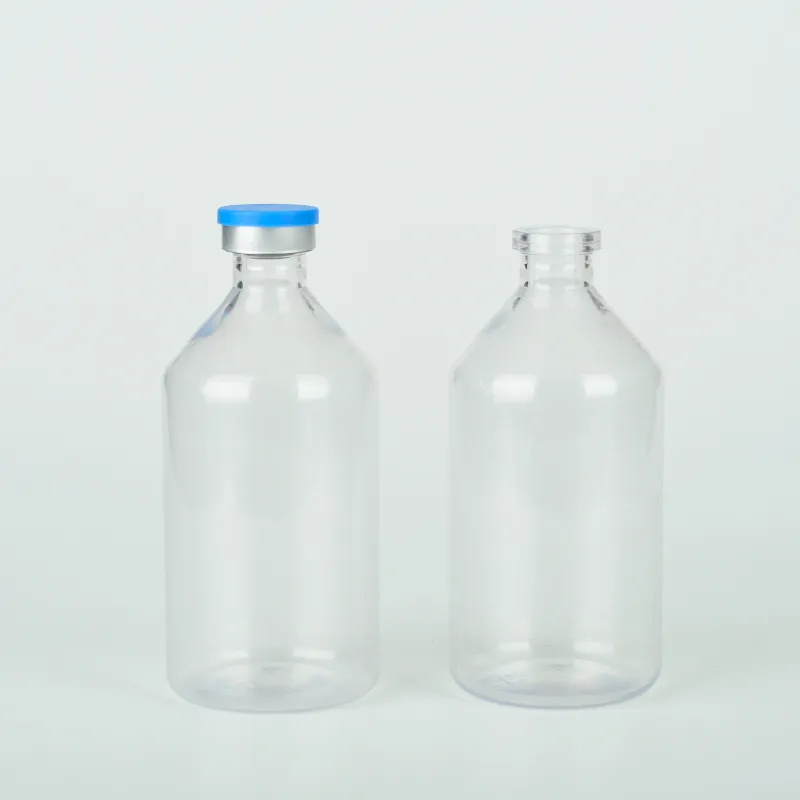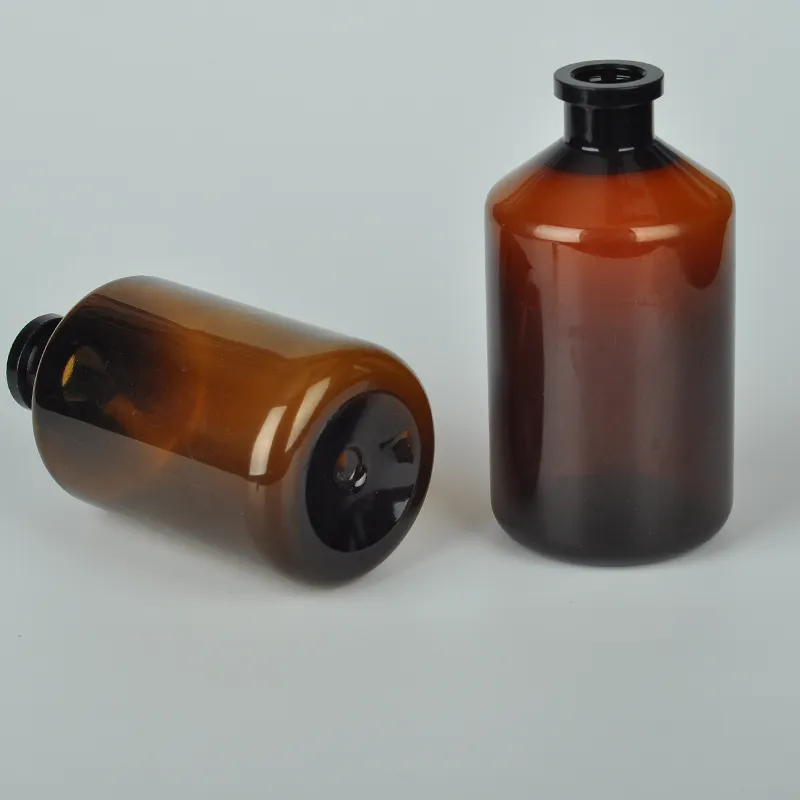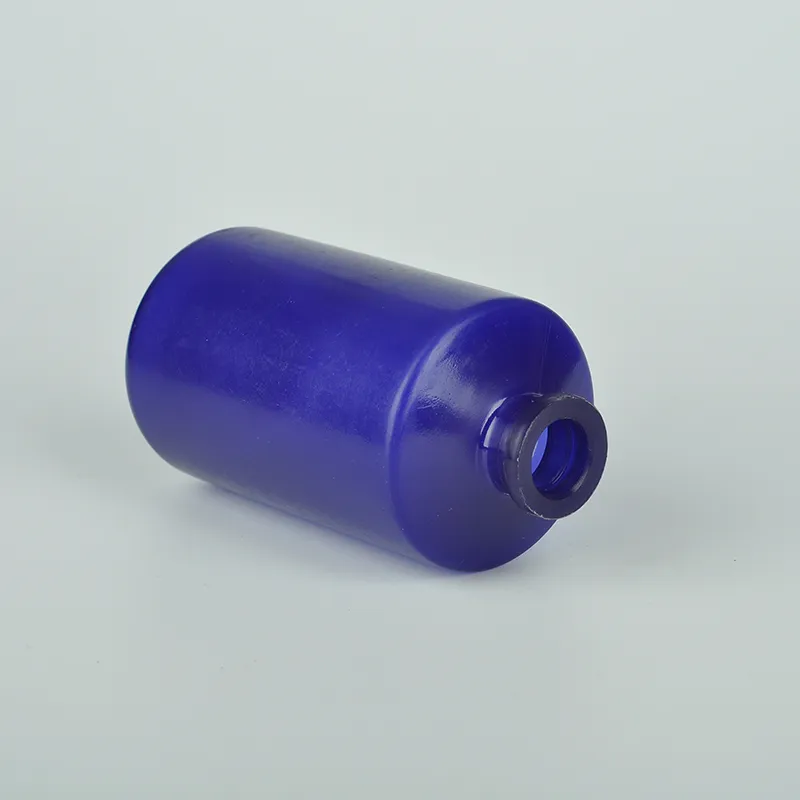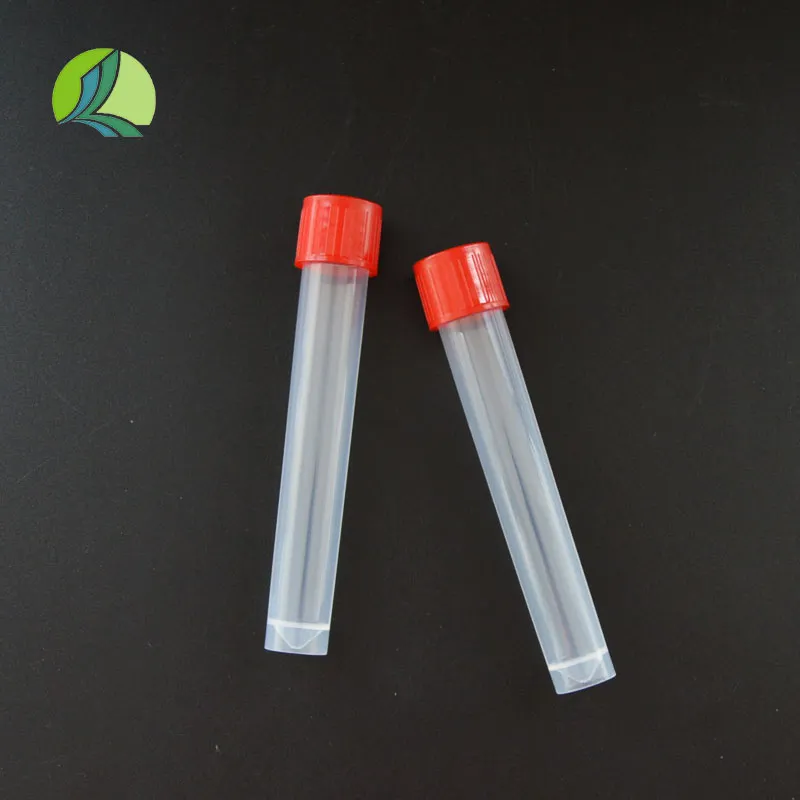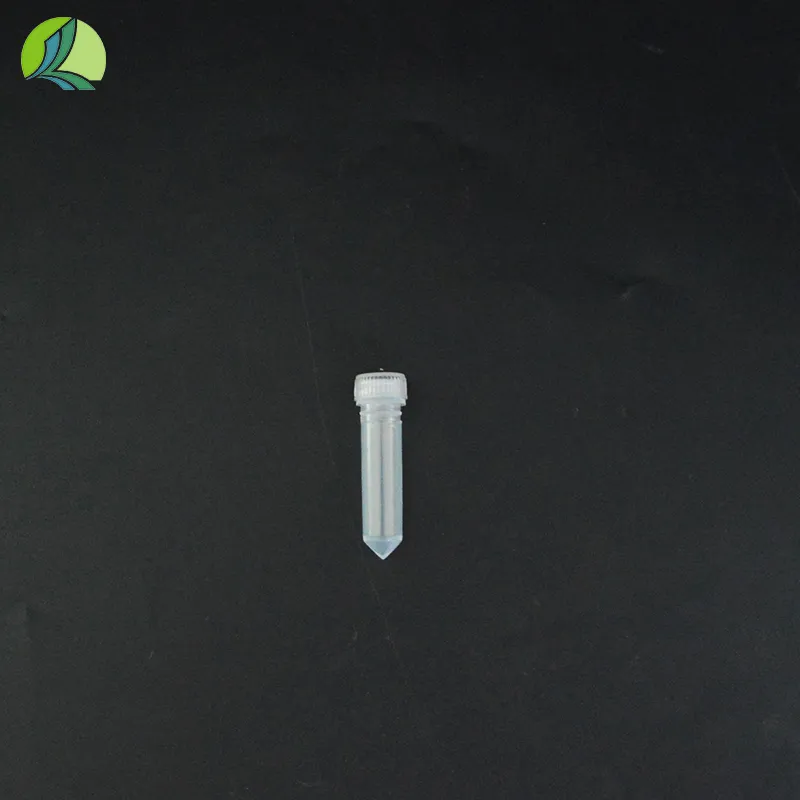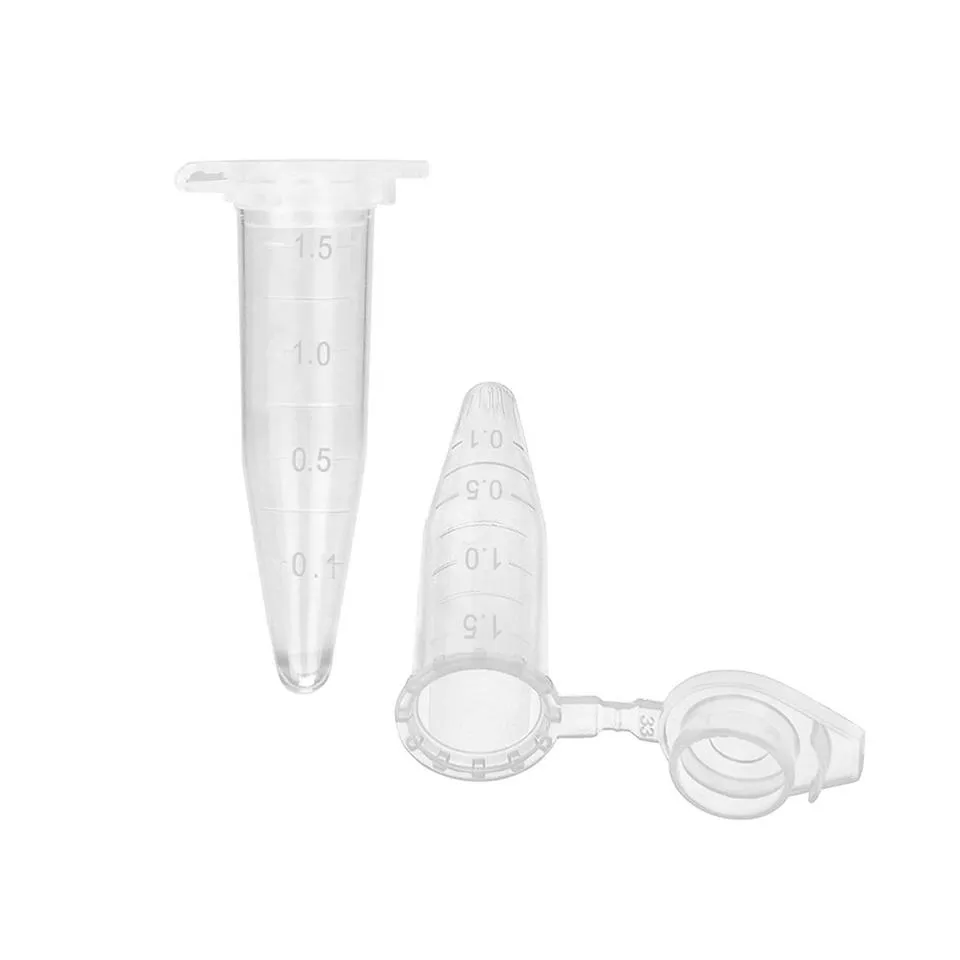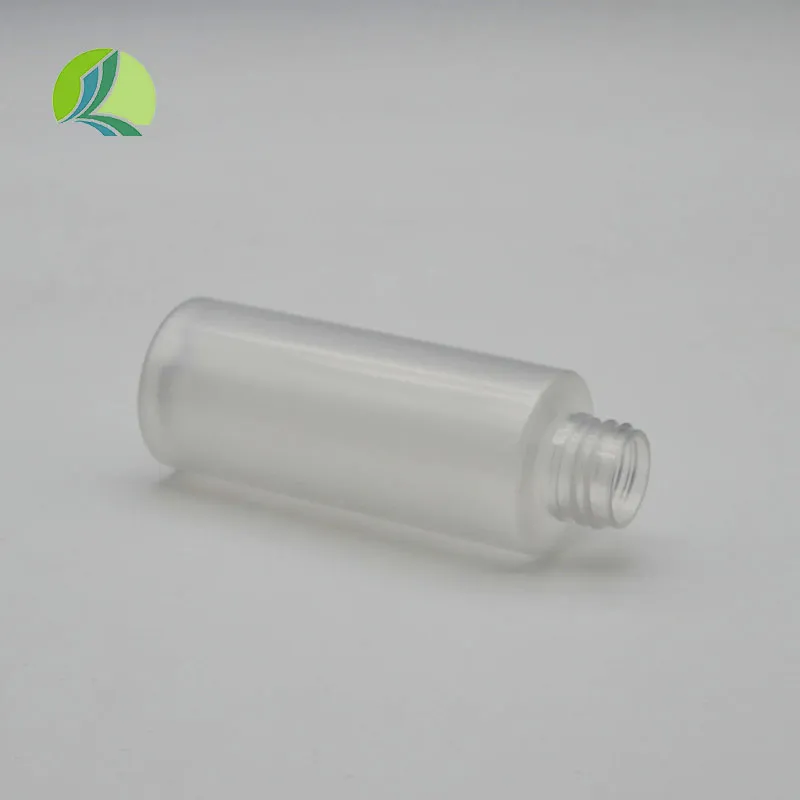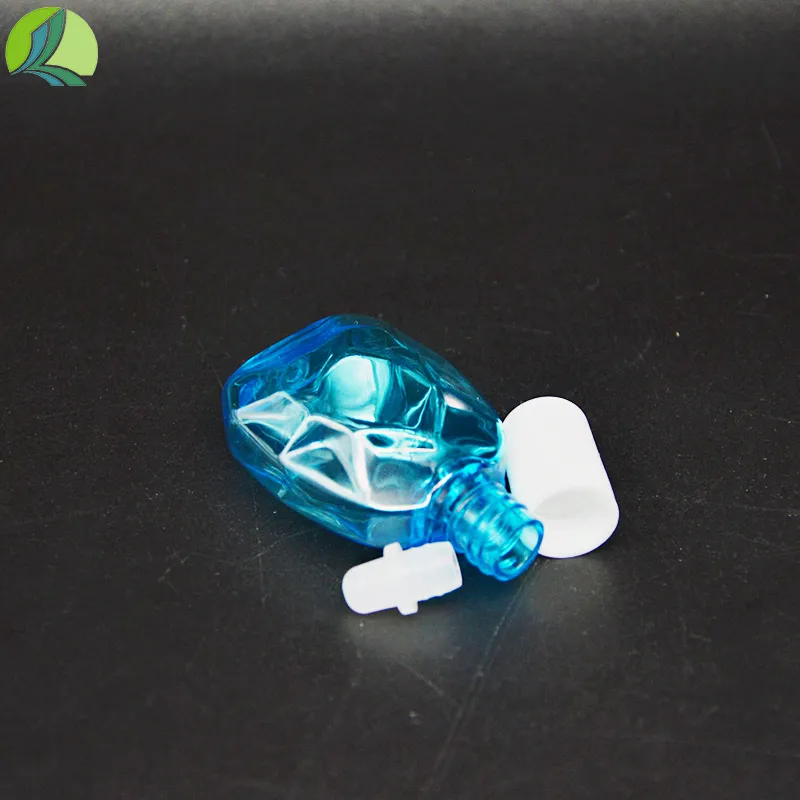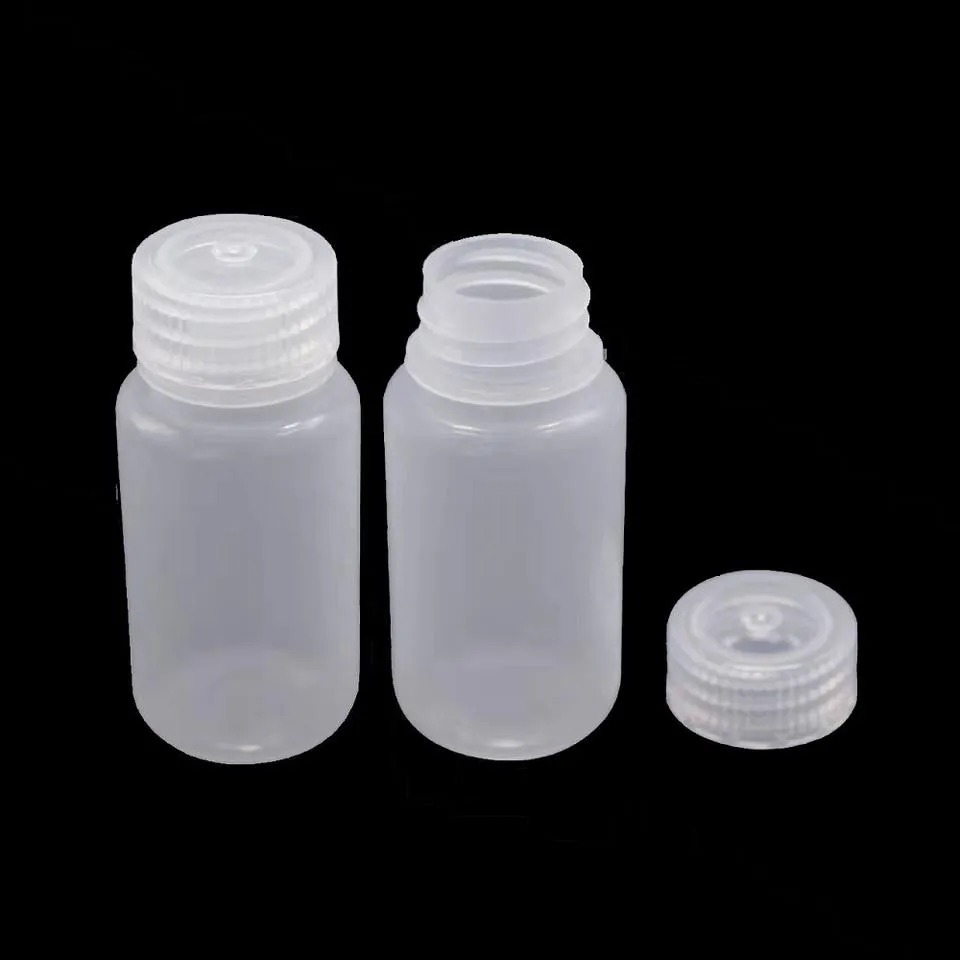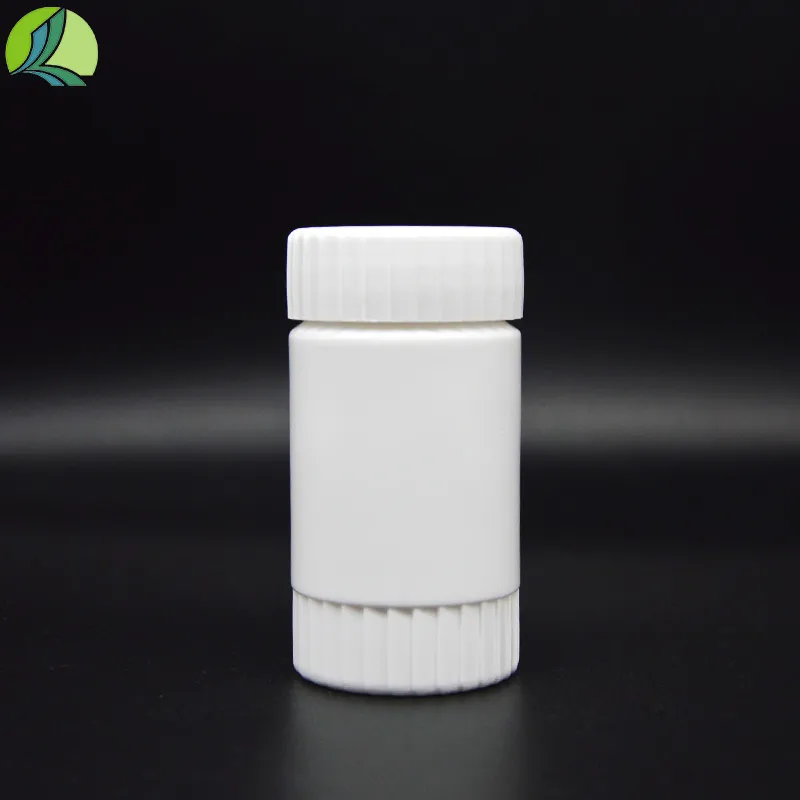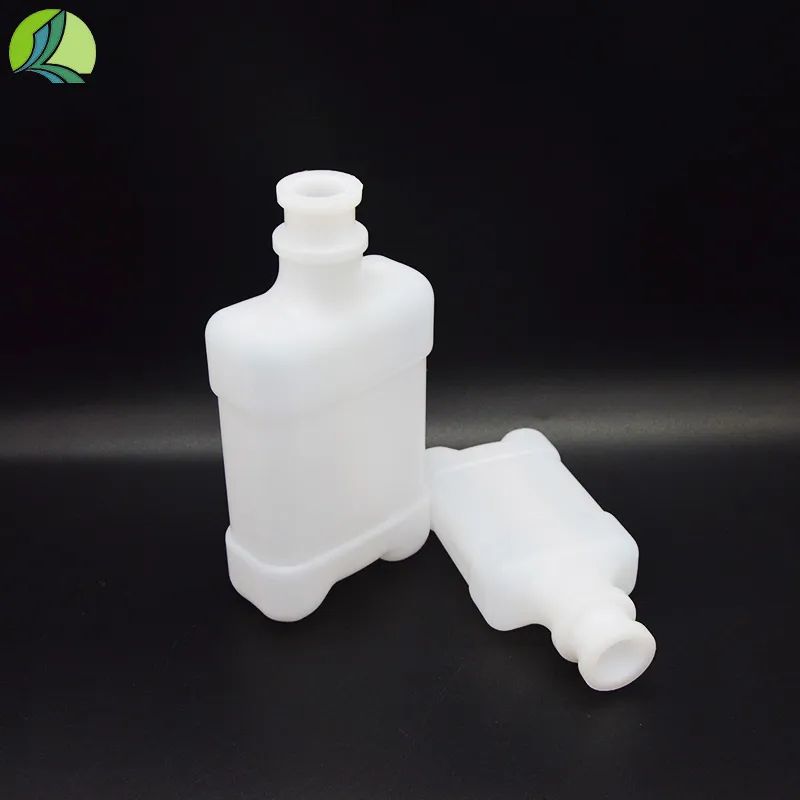
-
 Afrikaans
Afrikaans -
 Albanian
Albanian -
 Amharic
Amharic -
 Arabic
Arabic -
 Armenian
Armenian -
 Azerbaijani
Azerbaijani -
 Basque
Basque -
 Belarusian
Belarusian -
 Bengali
Bengali -
 Bosnian
Bosnian -
 Bulgarian
Bulgarian -
 Catalan
Catalan -
 Cebuano
Cebuano -
 Corsican
Corsican -
 Croatian
Croatian -
 Czech
Czech -
 Danish
Danish -
 Dutch
Dutch -
 English
English -
 Esperanto
Esperanto -
 Estonian
Estonian -
 Finnish
Finnish -
 French
French -
 Frisian
Frisian -
 Galician
Galician -
 Georgian
Georgian -
 German
German -
 Greek
Greek -
 Gujarati
Gujarati -
 Haitian Creole
Haitian Creole -
 hausa
hausa -
 hawaiian
hawaiian -
 Hebrew
Hebrew -
 Hindi
Hindi -
 Miao
Miao -
 Hungarian
Hungarian -
 Icelandic
Icelandic -
 igbo
igbo -
 Indonesian
Indonesian -
 irish
irish -
 Italian
Italian -
 Japanese
Japanese -
 Javanese
Javanese -
 Kannada
Kannada -
 kazakh
kazakh -
 Khmer
Khmer -
 Rwandese
Rwandese -
 Korean
Korean -
 Kurdish
Kurdish -
 Kyrgyz
Kyrgyz -
 Lao
Lao -
 Latin
Latin -
 Latvian
Latvian -
 Lithuanian
Lithuanian -
 Luxembourgish
Luxembourgish -
 Macedonian
Macedonian -
 Malgashi
Malgashi -
 Malay
Malay -
 Malayalam
Malayalam -
 Maltese
Maltese -
 Maori
Maori -
 Marathi
Marathi -
 Mongolian
Mongolian -
 Myanmar
Myanmar -
 Nepali
Nepali -
 Norwegian
Norwegian -
 Norwegian
Norwegian -
 Occitan
Occitan -
 Pashto
Pashto -
 Persian
Persian -
 Polish
Polish -
 Portuguese
Portuguese -
 Punjabi
Punjabi -
 Romanian
Romanian -
 Russian
Russian -
 Samoan
Samoan -
 Scottish Gaelic
Scottish Gaelic -
 Serbian
Serbian -
 Sesotho
Sesotho -
 Shona
Shona -
 Sindhi
Sindhi -
 Sinhala
Sinhala -
 Slovak
Slovak -
 Slovenian
Slovenian -
 Somali
Somali -
 Spanish
Spanish -
 Sundanese
Sundanese -
 Swahili
Swahili -
 Swedish
Swedish -
 Tagalog
Tagalog -
 Tajik
Tajik -
 Tamil
Tamil -
 Tatar
Tatar -
 Telugu
Telugu -
 Thai
Thai -
 Turkish
Turkish -
 Turkmen
Turkmen -
 Ukrainian
Ukrainian -
 Urdu
Urdu -
 Uighur
Uighur -
 Uzbek
Uzbek -
 Vietnamese
Vietnamese -
 Welsh
Welsh -
 Bantu
Bantu -
 Yiddish
Yiddish -
 Yoruba
Yoruba -
 Zulu
Zulu
Durable Brown Plastic Vaccine Vials for Lab & Vet Medicine
In the dynamic landscape of modern medicine and scientific research, the integrity and stability of sensitive biological materials, vaccines, and liquid medications are paramount. This criticality underscores the indispensable role of advanced packaging solutions. Among these, Brown Plastic Vaccine Vials Laboratory Veterinary Medicine Liquid Vials stand out as a cornerstone for ensuring product efficacy and safety. These specialized vials are engineered to offer superior protection against environmental degradation, particularly light exposure, which can compromise the stability of light-sensitive compounds. This comprehensive guide delves into the intricate world of these essential container111s, exploring their manufacturing, applications, and the industry standards that govern their production and use.
Industry Trends and the Growing Demand for Specialized Vials
The global pharmaceutical and biotechnology sectors are experiencing unprecedented growth, driven by an aging population, rising prevalence of chronic diseases, and rapid advancements in vaccine development and personalized medicine. This expansion inherently fuels a heightened demand for high-quality, reliable, and specialized packaging. Key trends shaping this demand include:
- Vaccine Development Acceleration: The recent global health challenges have significantly accelerated vaccine research and production. This necessitates robust, scalable packaging solutions that can withstand stringent storage and transportation conditions, including cold chain requirements.
- Biologics and Biosimilars Growth: Biologics, derived from living organisms, are inherently more sensitive to environmental factors. Their increasing market share demands packaging that minimizes degradation pathways, such as photodegradation.
- Enhanced Regulatory Scrutiny: Regulatory bodies like the FDA, EMA, and WHO are continuously updating guidelines for pharmaceutical packaging, emphasizing material safety, product stability, and traceability. Compliance with these standards is non-negotiable.
- Sustainability Initiatives: While plastic vials are essential, there's a growing push for more sustainable manufacturing practices, including recyclable materials and reduced energy consumption in production.
- Cold Chain Logistics Expansion: Many modern vaccines and biologics require strict temperature control. Packaging must not only protect contents but also integrate seamlessly with cold chain logistics, preventing thermal shock and maintaining integrity across diverse climates.
These trends collectively highlight why Brown Plastic Vaccine Vials Laboratory Veterinary Medicine Liquid Vials are not merely container111s but critical components in the broader healthcare ecosystem, contributing directly to patient safety and public health outcomes.

Figure 1: High-quality Brown Plastic Vaccine Vials Laboratory Veterinary Medicine Liquid Vials designed for optimal light protection.
Technical Parameters and Specifications
The effectiveness of Brown Plastic Vaccine Vials Laboratory Veterinary Medicine Liquid Vials hinges on their precise technical specifications and material properties. These vials are typically manufactured from high-density polyethylene (HDPE), polypropylene (PP), or polyethylene terephthalate (PET), specifically engineered for pharmaceutical applications. The brown (amber) coloration is crucial, providing excellent UV light protection, critical for light-sensitive compounds like many vaccines, enzymes, and certain vitamins.
Key Product Specifications:
| Parameter | Typical Range/Description | Relevance for Brown Plastic Vaccine Vials Laboratory Veterinary Medicine Liquid Vials |
|---|---|---|
| Material Type | HDPE (High-Density Polyethylene), PP (Polypropylene), PET (Polyethylene Terephthalate) | Chosen for chemical inertness, barrier properties, and low extractables/leachables. HDPE/PP are common for their chemical resistance. |
| Color | Amber (Brown) | Provides critical UV light protection (blocking wavelengths typically below 450 nm), preventing photodegradation of sensitive contents. |
| Volume Capacity | 2ml, 5ml, 10ml, 15ml, 20ml, 30ml, 50ml, 100ml (and custom sizes) | Standardized volumes for vaccine doses, laboratory reagents, and veterinary applications. |
| Neck Finish/Closure Type | Screw-top (e.g., GPI 20-400, 24-410, 28-410), Snap-on, Crimp-top | Ensures a secure, hermetic seal, preventing leakage and contamination. Compatibility with various caps (child-resistant, tamper-evident). |
| Dimensional Tolerances | Conforming to ISO standards (e.g., ISO 8362 for injectable container111s) | Ensures consistent fit with capping machinery, proper sealing, and automated handling. |
| Light Transmission | USP <661> compliant (e.g., not more than 10% transmission between 290-450 nm) | Directly measures the vial's ability to block harmful UV and visible light, crucial for product stability. |
| Chemical Resistance | High resistance to acids, bases, alcohols, common solvents | Prevents material degradation and chemical interaction with contents, maintaining purity. |
| Thermal Stability | -80°C to +121°C (depending on material) | Suitable for cold chain storage and various sterilization methods (e.g., autoclaving for PP). |
| Sterilization Method Compatibility | Gamma irradiation, Ethylene Oxide (EtO) sterilization, Autoclaving (for PP) | Ensures aseptic packaging for sterile pharmaceutical products. |
| Extractables & Leachables | Low levels, conforming to USP <661>, EP, JP guidelines | Minimizes the risk of impurities migrating from the packaging into the product, preserving drug integrity and safety. |
| Barrier Properties | Good moisture vapor transmission rate (MVTR) and oxygen transmission rate (OTR) | Protects contents from moisture absorption or oxidation, extending shelf life. |
Manufacturing Process of Brown Plastic Vaccine Vials Laboratory Veterinary Medicine Liquid Vials: A Journey of Precision and Purity
The production of pharmaceutical-grade plastic vials is a highly controlled and specialized process, far removed from general plastic manufacturing. It demands stringent quality control, adherence to cGMP (current Good Manufacturing Practices), and environmental control to prevent contamination. The primary methods used are injection molding and blow molding, often combined. Here's a detailed breakdown:
Process Flow Explained:
- Material Selection and Preparation:
- Raw Material Sourcing: High-grade, virgin pharmaceutical-grade HDPE, PP, or PET resins are sourced from certified suppliers. These materials are specifically chosen for their inertness, low extractables, and mechanical properties. The amber color is achieved by incorporating specific light-blocking pigments into the polymer blend.
- Quality Inspection: Incoming raw materials undergo rigorous testing for purity, density, melt flow index, and color consistency to ensure they meet specified pharmaceutical standards (e.g., USP Class VI).
- Drying: hygroscopic materials like PET are dried in dehumidifying dryers to remove moisture, preventing defects during molding.
- Molding Process (Injection Molding / Extrusion Blow Molding):
- Injection Molding (for Preforms or Finished Vials): For PET vials, preforms (test-tube shaped intermediates) are first injection molded. For HDPE/PP vials, direct injection molding can produce finished vials.
- Injection: Plastic pellets are fed into a heated barrel, melted, and injected under high pressure into a precision mold cavity.
- Cooling: The plastic cools and solidifies within the mold, forming the vial or preform shape.
- Ejection: The cooled part is ejected from the mold.
- Extrusion Blow Molding (for HDPE/PP Vials): This is common for producing bottles and vials from HDPE or PP.
- Extrusion: Molten plastic is extruded through a die to form a hollow tube (parison).
- Clamping: The parison is captured by a mold cavity, which clamps shut around it.
- Blowing: Air is blown into the parison, inflating it against the mold walls to form the vial shape.
- Cooling & Deflashing: The vial cools, and excess plastic (flash) is trimmed.
- Stretch Blow Molding (for PET Vials from Preforms): Preforms are reheated and then stretched (mechanically or with compressed air) and blown into the final vial shape within a mold. This process improves material strength and barrier properties.
- Injection Molding (for Preforms or Finished Vials): For PET vials, preforms (test-tube shaped intermediates) are first injection molded. For HDPE/PP vials, direct injection molding can produce finished vials.
- Post-Molding Processing:
- Trimming & Finishing: Any excess material (flash) is precisely trimmed. The vial neck finish is often reamed or trimmed to ensure exact dimensions for cap fitting.
- Surface Treatment (Optional): Some vials might undergo surface treatments (e.g., plasma treatment) to enhance barrier properties or reduce static.
- Washing and Cleaning (Controlled Environment):
- Vials are meticulously washed using purified water (e.g., Water for Injection, WFI grade) to remove any particulate matter or residues.
- They are then typically rinsed and dried in clean, filtered air (e.g., Class 100/ISO 5 cleanroom conditions) to prevent re-contamination.
- Sterilization (If Required):
- While some vials are supplied non-sterile, many pharmaceutical applications require sterile vials. Common sterilization methods include:
- Gamma Irradiation: A highly effective method that penetrates packaging to sterilize contents, suitable for most plastics.
- Ethylene Oxide (EtO): A gas sterilization method, effective for heat-sensitive materials.
- Autoclaving: For PP vials, high-temperature steam sterilization is feasible.
- While some vials are supplied non-sterile, many pharmaceutical applications require sterile vials. Common sterilization methods include:
- Quality Control and Inspection: This is a continuous process throughout manufacturing.
- Visual Inspection: Automated optical inspection systems check for defects like short shots, flash, foreign particles, and surface imperfections.
- Dimensional Inspection: Precision gauges and vision systems verify dimensions (height, diameter, neck finish) against blueprints and standards (e.g., ISO, ANSI specifications).
- Functional Testing: Leak testing (e.g., vacuum decay, pressure differential), cap torque testing, and drop tests are performed to ensure container111 integrity.
- Material Property Testing: Random samples are tested for light transmission (UV/Visible spectrophotometry), extractables/leachables (chromatography), and chemical resistance to ensure compliance with pharmacopoeia standards (USP <661>, EP, JP).
- Microbiological Testing: For sterile vials, bioburden testing and sterility assurance are paramount.
- Packaging and Certification:
- Clean, inspected vials are packaged in double-bagged, sealed cleanroom bags or sterile bulk packaging to maintain their purity until use.
- Each batch is accompanied by Certificates of Analysis (CoA) and Certificates of Conformance (CoC), documenting all test results and compliance with relevant standards and customer specifications.
This rigorous process ensures that each Brown Plastic Vaccine Vials Laboratory Veterinary Medicine Liquid Vials meets the highest standards of safety, quality, and performance demanded by the pharmaceutical and medical industries.

Figure 2: A glimpse into the precision molding process for Brown Plastic Vaccine Vials Laboratory Veterinary Medicine Liquid Vials.
Application Scenarios and Industry Advantages
Brown Plastic Vaccine Vials Laboratory Veterinary Medicine Liquid Vials are versatile and critical across a myriad of applications, primarily where light sensitivity, chemical stability, and robust packaging are non-negotiable.
Key Application Scenarios:
- Vaccine Storage and Distribution: This is their primary and most critical application. Many modern vaccines, including mRNA-based vaccines and viral vector vaccines, contain light-sensitive components. The amber color provides essential UV protection, safeguarding vaccine potency during storage, transport, and administration. Their durability also supports global cold chain logistics.
- Laboratory Reagent Packaging: Sensitive chemical reagents, diagnostic kits, and biological samples in research and clinical laboratories often require protection from light and chemical interaction. These vials offer a reliable solution for storing and dispensing these materials, ensuring accuracy in experiments and tests.
- Veterinary Medicine Liquid Formulations: Similar to human pharmaceuticals, many veterinary vaccines, antibiotics, and other liquid medications are susceptible to photodegradation. Brown plastic vials ensure these products retain their efficacy for animal health.
- Pharmaceutical Active Pharmaceutical Ingredients (APIs) and Intermediates: During drug development and manufacturing, APIs and their intermediates might need temporary or long-term storage in light-protected container111s before final formulation or packaging.
- Nutraceuticals and Dietary Supplements: Certain vitamins (e.g., Vitamin B, Vitamin K) and natural extracts are highly light-sensitive. Brown plastic vials are used to package liquid forms of these supplements to preserve their nutritional value and shelf life.
Technical Advantages of Brown Plastic Vaccine Vials Laboratory Veterinary Medicine Liquid Vials:
- Superior Light Protection: The primary advantage. The amber tint effectively filters out harmful UV and blue light wavelengths (typically 290-450 nm), preventing photodegradation, which can lead to loss of potency, altered chemical structure, or formation of toxic by-products. This extends the product's shelf life and maintains therapeutic efficacy.
- Chemical Inertness: Made from high-purity polymers, these vials exhibit excellent chemical resistance, ensuring minimal interaction between the container111 and its contents. This prevents leaching of plasticizers or degradation products into the pharmaceutical, crucial for drug purity and patient safety.
- Breakage Resistance: Unlike glass vials, plastic vials are significantly more shatter-resistant, reducing the risk of breakage during handling, transport, and accidental drops. This is especially advantageous in busy laboratory environments or during high-volume distribution.
- Lightweight: Plastic vials are considerably lighter than their glass counterparts, leading to reduced shipping costs and easier handling for logistics and end-users. This contributes to a lower carbon footprint in transportation.
- Design Flexibility: Plastic molding allows for greater design versatility, enabling manufacturers to create vials with specific neck finishes, tamper-evident features, or integrated dispensing mechanisms that might be difficult or costly with glass.
- Cost-Effectiveness: Generally, plastic vials offer a more cost-effective solution compared to glass, especially when considering manufacturing scalability, reduced breakage rates, and lower shipping expenses.
- USP, EP, JP Compliance: Reputable manufacturers ensure their vials meet stringent pharmacopoeial standards for material composition, light transmission, extractables/leachables, and physical integrity, assuring suitability for pharmaceutical use.
Manufacturer Comparison and Selection Criteria
Choosing the right manufacturer for Brown Plastic Vaccine Vials Laboratory Veterinary Medicine Liquid Vials is a critical decision that impacts product quality, regulatory compliance, and supply chain reliability. While direct company comparisons are complex, understanding key differentiation points is vital.
Factors for Manufacturer Comparison:
| Factor | Description | Impact on Choice |
|---|---|---|
| Certifications & Compliance | cGMP, ISO 9001, ISO 13485 (Medical Devices), FDA DMF (Drug Master File) listing, USP <661>, EP, JP compliance. | Essential. Verifies adherence to strict quality management systems and regulatory requirements. A DMF listing simplifies drug product approval. |
| Material Expertise | Experience with pharmaceutical-grade HDPE, PP, PET, and specific amber color formulations for light protection. | Ensures vials are made from suitable, inert materials with verified barrier and light-blocking properties. |
| Manufacturing Technology | Advanced injection/blow molding capabilities, cleanroom facilities (ISO Class 7/8), automated inspection. | Indicates precision manufacturing, minimized contamination risk, and high volume production capacity with consistency. |
| Quality Control Rigor | Comprehensive in-process and final product testing (dimensional, leak, light transmission, extractables/leachables). | Guarantees product integrity, performance, and compliance with specifications, reducing costly batch rejections. |
| Customization Capabilities | Ability to produce custom volumes, neck finishes, colors (within safety limits), branding, or integrate special features. | Important for unique product requirements, brand differentiation, or specific application needs. |
| Supply Chain Reliability | Lead times, inventory management, global distribution networks, contingency planning. | Ensures timely delivery, consistent supply, and minimizes disruption to production schedules. |
| Technical Support & Service | Availability of technical experts for material selection, regulatory guidance, and troubleshooting. | Provides valuable assistance throughout the product lifecycle, from design to post-delivery. |
| Cost-Effectiveness & Value | Competitive pricing balanced with quality, service, and long-term reliability. | Not just the lowest price, but the best overall value considering total cost of ownership (TCO), including reduced risk. |
Expertise and Authoritativeness Highlight: Our commitment to excellence is underscored by our adherence to ISO 9001:2015 quality management systems and comprehensive product testing protocols that conform to global pharmaceutical standards such as USP <661> for Plastic Packaging Systems and their materials of construction. Our decades of experience in pharmaceutical packaging manufacturing have cemented our position as a trusted partner for leading pharmaceutical companies and research institutions worldwide. We maintain a full Drug Master File (DMF) for our materials, simplifying the regulatory approval process for our clients.
Customization Solutions and Services
Recognizing that one size does not fit all in the diverse pharmaceutical and laboratory sectors, leading manufacturers of Brown Plastic Vaccine Vials Laboratory Veterinary Medicine Liquid Vials offer extensive customization options. These tailored solutions ensure that packaging perfectly aligns with the specific requirements of the drug product, dispensing method, and branding.
- Custom Volume and Dimensions: Beyond standard sizes (2ml, 5ml, 10ml, etc.), vials can be designed to precise capacities and physical dimensions to accommodate unique fill volumes or fit specialized automated filling lines.
- Specific Neck Finishes: While standard screw-top and crimp-top finishes are common, custom neck designs can be engineered for compatibility with proprietary caps, droppers, sprayers, or specialized closures (e.g., child-resistant, tamper-evident).
- Enhanced Light Protection: While standard amber offers excellent UV protection, some highly sensitive compounds might require even more stringent light blocking. Custom formulations of the amber plastic can be developed to provide superior protection across specific wavelength ranges.
- Material Variants: Depending on the chemical compatibility or barrier requirements, alternative pharmaceutical-grade polymers (e.g., certain co-polymers) can be explored to optimize performance for specific liquid formulations.
- Printing and Labeling: Direct printing (pad printing, screen printing) or integration with labeling solutions allows for branding, product information, dosage instructions, and regulatory warnings directly on the vial surface. This includes options for serialization and track-and-trace capabilities crucial for anti-counterfeiting efforts.
- Sterilization Options: Vials can be provided in various states: non-sterile, bulk sterile (gamma irradiated or EtO), or pre-washed and depyrogenated for aseptic filling.
- Packaging Configurations: Custom packaging solutions, such as specific tray configurations for automated lines, specialized cartons, or bulk sterile bags, can optimize customer's operational efficiency.
Real-World Application Cases and Customer Success Stories
The practical application of Brown Plastic Vaccine Vials Laboratory Veterinary Medicine Liquid Vials demonstrates their pivotal role in safeguarding critical medical and laboratory products. Here are illustrative examples:
Case Study 1: Protecting a Novel mRNA Vaccine
A leading biopharmaceutical company developing a novel mRNA vaccine faced challenges with its previous clear glass packaging, which led to significant degradation of the sensitive mRNA molecule due to light exposure during storage and transport. Partnering with a specialized manufacturer, they transitioned to custom-designed Brown Plastic Vaccine Vials Laboratory Veterinary Medicine Liquid Vials. These vials, made from pharmaceutical-grade HDPE with enhanced UV blocking properties, drastically reduced photodegradation rates by over 90% (as confirmed by stability studies following ICH guidelines). The robust, lightweight nature of the plastic vials also improved cold chain logistics efficiency and reduced breakage during global distribution. This ensured the vaccine maintained its full potency until the point of administration, directly contributing to public health efforts.
Case Study 2: Enhancing Stability of Veterinary Diagnostics
A veterinary diagnostics company required a reliable packaging solution for a new range of enzyme-based diagnostic reagents, which were highly sensitive to both light and oxygen. They opted for Brown Plastic Vaccine Vials Laboratory Veterinary Medicine Liquid Vials with a specific PP blend offering superior oxygen barrier properties in addition to the inherent light protection. The chosen vials also featured a custom screw-top closure with an an integrated desiccant chamber, further protecting the moisture-sensitive enzymes. This integrated solution extended the shelf life of their diagnostic kits by an additional six months, allowing for broader distribution and reducing product waste, demonstrating a clear return on investment.
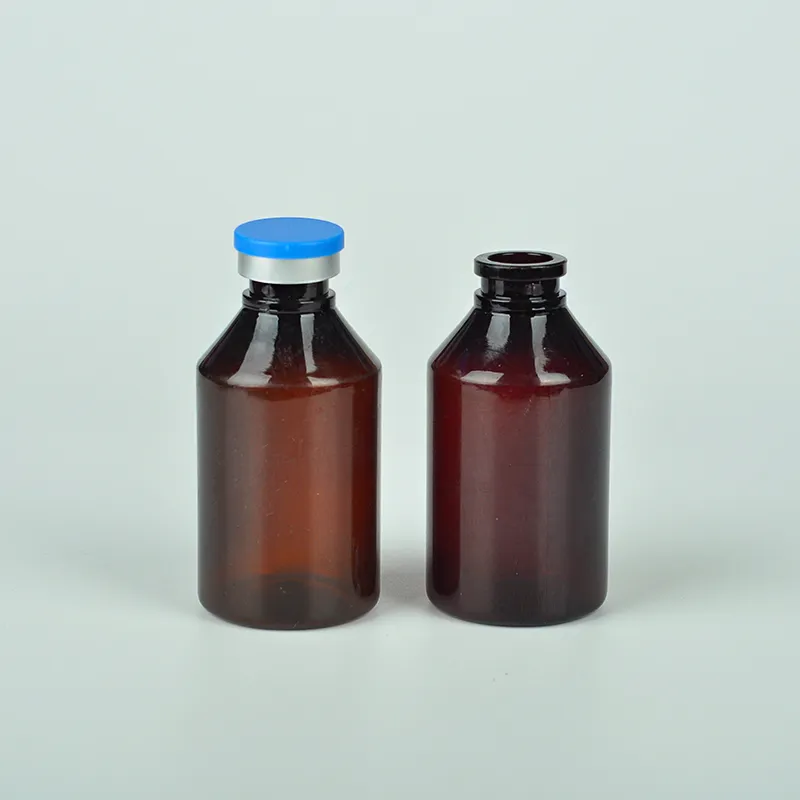
Figure 3: Brown Plastic Vaccine Vials Laboratory Veterinary Medicine Liquid Vials integrated into a pharmaceutical filling line.
These cases illustrate how strategic selection and, where necessary, customization of Brown Plastic Vaccine Vials Laboratory Veterinary Medicine Liquid Vials directly translates into enhanced product stability, extended shelf life, improved logistical efficiency, and ultimately, greater confidence in pharmaceutical and veterinary products.
Frequently Asked Questions (FAQ) about Brown Plastic Vaccine Vials Laboratory Veterinary Medicine Liquid Vials
Ready to Secure Your Sensitive Liquids?
Explore our full range of Brown Plastic Vaccine Vials Laboratory Veterinary Medicine Liquid Vials and discuss your specific requirements with our expert team. We offer unparalleled quality, customization, and reliability for your critical pharmaceutical and laboratory packaging needs.
Delivery Cycle: Standard products typically ship within 2-4 weeks. Custom orders may vary based on complexity and volume, with precise lead times provided upon consultation.
Quality Assurance: All products come with a comprehensive quality assurance guarantee, ensuring compliance with industry standards and customer specifications.
Customer Support: Our dedicated support team is available from 9 AM to 5 PM (GMT+8) Monday to Friday, via phone or email, for technical assistance, order tracking, and customized solutions.
References and Further Reading
- United States Pharmacopeia (USP) General Chapter <661> Plastic Packaging Systems and their Materials of Construction.
- International Council for Harmonisation of Technical Requirements for Pharmaceuticals for Human Use (ICH) Quality Guidelines (e.g., Q1A(R2) on Stability Testing).
- "Challenges and Opportunities in Pharmaceutical Packaging" - National Center for Biotechnology Information (NCBI) Publication.
- "Trends Shaping Pharmaceutical Packaging" - Packaging Europe.
-
Secure 250ml Blue Translucent Medical Plastic Vaccine VialsNewsAug.07,2025
-
28mm White Plastic Vet Vaccine Vial | 100ml & 25mlNewsAug.06,2025
-
Brown Plastic Vaccine Vials for Vet Labs | Premium QualityNewsAug.05,2025
-
Premium Leak-Proof Medicine Liquid Bottles - Safety AssuredNewsAug.04,2025
-
500ml White Plastic PP Veterinary Vaccine Bottle | Animal LabNewsAug.03,2025



